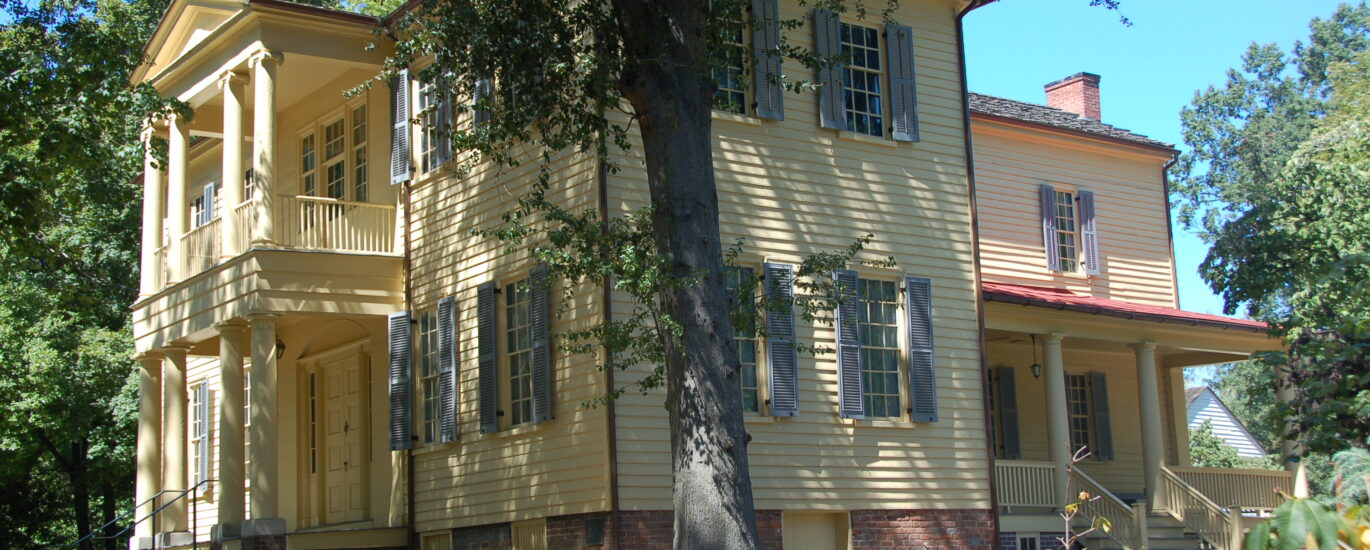Welcome to the Mordecai House, a cornerstone of Raleigh’s rich history and a portal to the past. Established in 1785, this historic residence stands as Raleigh’s oldest home still resting on its original foundation. Constructed by Joel Lane for his son Henry, the house was initially the centerpiece of a vast 5,000-acre plantation. Joel Lane, often recognized as a pivotal figure in Raleigh’s founding, sold a portion of his land to establish the state capital.
The house gained its current name when Moses Mordecai married into the Lane family in 1817. Moses was a distinguished lawyer from one of the earliest Jewish families in America, the Mordecais, who were of Ashkenazic descent. Following the death of his first wife, Margaret Lane, Moses married her sister, Ann Lane, and expanded the house in 1826, transforming it into a Greek Revival mansion, a significant architectural achievement of the era.
Throughout its history, the Mordecai House has been a witness to many pivotal events and changes. George Washington Mordecai, a descendant, played a notable role in post-Civil War Raleigh by donating land for Confederate and Hebrew cemeteries. In 1967, after nearly two centuries under the Mordecai name, the property was sold to the city, thanks to local preservationists who recognized its historical value and transformed it into a museum.
The house is also known for its paranormal reputation, believed to be haunted by former residents, including Mary Willis Mordecai, whose spirit is said to linger by the piano she loved in life. Despite its ghostly tales, the Mordecai House today offers an educational glimpse into the lives of those who shaped the region, making it an essential stop for history enthusiasts.
As you explore Mordecai Historic Park, you’ll find not just the house but other significant sites like the birthplace of President Andrew Johnson and the historic St. Mark’s Chapel. Each structure within the park weaves together the complex narrative of Raleigh’s past, from its colonial roots to its role in shaping the modern city.




